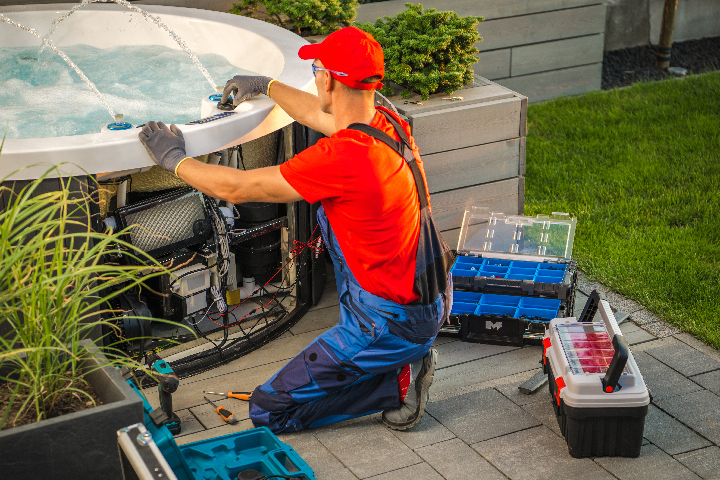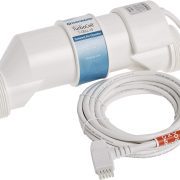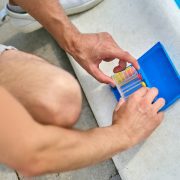
A Step-by-Step Guide to Maintaining Your Chlorine Generator Cell for Salt Water Pool Owners
A salt water pool system offers a luxurious and gentle swimming experience for pool owners, but it also requires regular maintenance to keep it working efficiently. One of the essential components of a salt water pool system is the chlorine generator cell. It is responsible for converting salt into chlorine, keeping your pool water clean and free of harmful bacteria. In this article, we will walk you through how to check, clean, and replace your chlorine generator cell to ensure the longevity and effectiveness of your salt water pool system.
Step 1: Checking the Chlorine Generator Cell
- Turn off the pool system: For safety purposes, always turn off the power to your pool system before inspecting or working on the chlorine generator cell. This will help avoid any accidents caused by electrical shock.
- Locate the cell: The chlorine generator cell is usually installed near the pool equipment pad. It is a cylindrical component connected to the plumbing system and may have a clear housing that allows you to see inside.
- Inspect for damage or wear: Look for any signs of damage, such as cracks in the cell housing, broken wires, or corrosion. If you notice any issues, you may need to replace the cell.
- Check for scale buildup: Inspect the cell plates or electrodes for signs of calcium scale buildup. A small amount of buildup is normal, but excessive buildup can reduce the efficiency of the chlorine generator cell and may require cleaning.
Step 2: Cleaning the Chlorine Generator Cell
- Remove the cell: Turn off the power and disconnect the cell from the plumbing system. Be sure to follow the manufacturer’s instructions for removing the cell, as the process may vary by model.
- Mix a cleaning solution: Prepare a solution of 1 part muriatic acid to 4 parts water in a large, well-ventilated area. Always add the acid to the water, not the other way around. Make sure to wear proper protective gear, such as gloves, goggles, and a mask, when handling muriatic acid.
- Soak the cell: Submerge the cell in the cleaning solution for 5-15 minutes or until the scale dissolves. Do not leave the cell in the solution for too long, as it may cause damage to the cell plates.
- Rinse the cell: After soaking, remove the cell from the solution and rinse it thoroughly with fresh water. Ensure that all acid residue is removed from the cell before reinstalling it.
- Reinstall the cell: Once the cell is clean and dry, follow the manufacturer’s instructions to reconnect it to the pool system. Turn the power back on and monitor the cell to ensure it is working correctly.
Step 3: Replacing the Chlorine Generator Cell
If you have determined that your cell needs to be replaced due to damage, wear, or poor performance, follow these steps:
- Purchase a new cell: Choose a cell that is compatible with your salt water pool system. Consult the manufacturer’s documentation or seek advice from a pool professional to ensure you are buying the correct model.
- Turn off the power: Before removing the old cell, turn off the power to the pool system.
- Remove the old cell: Follow the manufacturer’s instructions to disconnect the old cell from the plumbing system.
- Install the new cell: Carefully connect the new cell to the pool system, ensuring all connections are secure and the cell is properly oriented. Consult the manufacturer’s instructions for specific installation guidelines.
- Turn on the power: Restore power to the pool system and monitor the new cell’s performance to ensure it is working as expected.
Maintaining your chlorine generator cell is crucial for the longevity and effectiveness of your salt water pool system. Regularly checking for signs of wear and scale buildup, as well as cleaning the cell as needed, can help keep your pool water clean and safe for swimming. Replacing a damaged or worn-out cell when necessary is essential to maintaining your pool’s overall health.
By following the steps outlined in this guide, you can extend the life of your chlorine generator cell and keep your salt water pool system running smoothly. As always, consult your pool system’s manufacturer for specific guidance and recommendations tailored to your unique setup. Don’t hesitate to reach out to a pool professional if you need further assistance or advice on maintaining your salt water pool.





